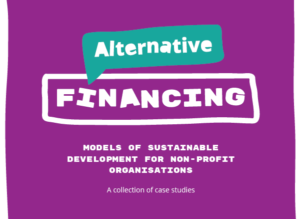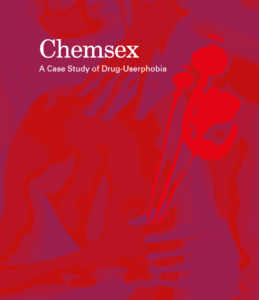 On 1st of December, we mark World AIDS Day (WAD) to raise awareness about HIV and its impact on individuals and societies around the globe. WAD 2017 in the WHO European Region will focus on the problem of late HIV diagnosis – the high number of people who are diagnosed with HIV at a late stage of infection with consequences for individuals’ health and survival, and for the community where HIV can transmit further.
On 1st of December, we mark World AIDS Day (WAD) to raise awareness about HIV and its impact on individuals and societies around the globe. WAD 2017 in the WHO European Region will focus on the problem of late HIV diagnosis – the high number of people who are diagnosed with HIV at a late stage of infection with consequences for individuals’ health and survival, and for the community where HIV can transmit further.
With this message, we invite you to join us and mark the World Aids Day 2017 in your country.
On 28 November 2017, WHO/Europe and ECDC jointly released the annual report on HIV/AIDS surveillance Europe, containing the latest available surveillance data.
Similar to recent years, the highest proportion of HIV diagnoses (40%) was reported to be in men who have sex with men (MSM). However, for the first time in a number of years, several countries reported a decline in new HIV diagnoses, even after adjusting for reporting delay.
While the data in this year’s report indicate alarming rates and increases in new diagnoses in some parts of eastern and central Europe over the last decade, at the same time there has been a tendency towards stabilising or even decreasing rates in some EU/EEA countries.
Trends by transmission mode, for example, show that the number of HIV diagnoses among MSM in the EU/EEA decreased slightly in 2016 and the number of heterosexually acquired cases has decreased steadily over the last decade.
Moreover, in the EU/EEA, the number of AIDS cases, and the number of AIDS-related deaths, has consistently declined since the mid-1990s.
The report on HIV/AIDS surveillance in Europe 2017 – 2016 data is available here.



